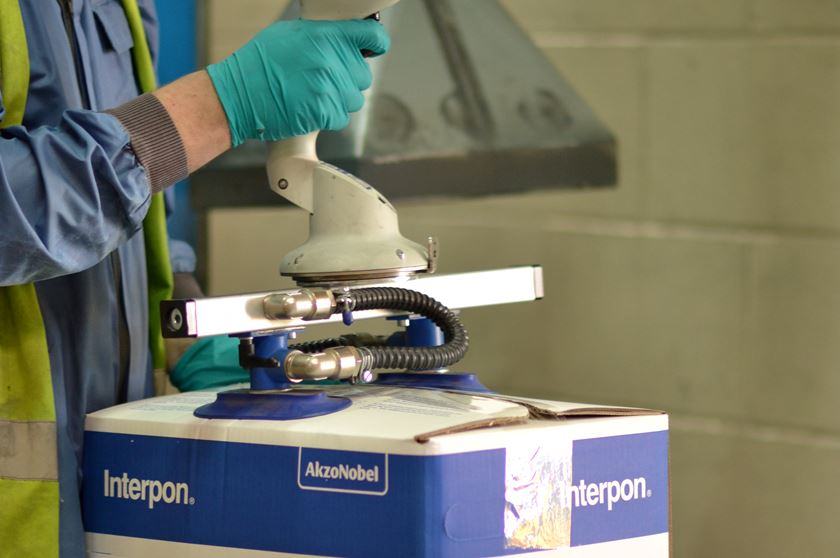2020 Vision: High-Performance Coatings
Currently, the NAFTA and European regions are considered to be more mature markets for traditional coatings applications, while the growing Asia region is expected to continue to expand.
Currently, the NAFTA and European regions are considered to be more mature markets for traditional coatings applications, while the growing Asia region is expected to continue to expand. However, even in mature markets, opportunities are emerging for innovative, sustainable coatings, such as those formulated to maintain an aging infrastructure.
While coatings contribute less than 1% to the mass of a coated article, they are essential for its uninterrupted long use. In the future, coatings will no longer be developed solely to protect the underlying substrate. Instead, growth opportunities lie with new coatings developed to deliver additional value such as greater performance and/or increased productivity while meeting societal responsibilities for environmental protection and sustainable development.
Featured Content
Future developmental efforts will be focused on coatings that provide such added value. We will continue to see the development of high-performance, low- to no-VOC waterborne coatings, such as the new generation of automotive OEM basecoats, to replace solvent borne coatings. We will see further advances in high-performance, zero-VOC UV-cure coatings that protect substrates and increase job productivity through their near-instantaneous cure. And, we’ll also see improvements in low-environmental-impact 100 percent solids coatings.
We’ll see new high-performance coatings that reduce the number of paint layers—from three to two—necessary to protect steel bridges. Additionally, we’ll see growing demand for new value-adding coatings developed to protect the many new substrates—composites, glass, and nontraditional metals and fibers—that are finding their way into the goods we use in our everyday lives.
Volker Mirgel is Senior Vice President of the Coatings, Adhesives and Specialties Division for Bayer MaterialScience.
RELATED CONTENT
-
Developments and Trends in Powder Coating
New solutions for powder coating centers combine powder preparation, conveyance, dosing and color changes into a fully automated, closed system.
-
Masking for Surface Finishing
Masking is employed in most any metal finishing operation where only a specifically defined area of the surface of a part must be exposed to a process. Conversely, masking may be employed on a surface where treatment is either not required or must be avoided. This article covers the many aspects of masking for metal finishing, including applications, methods and the various types of masking employed.
-
Calculating Oven Heat Load Capacity
Please explain how to calculate the heat load capacity of a paint baking oven, using aluminum alloy wheels as an example.


















